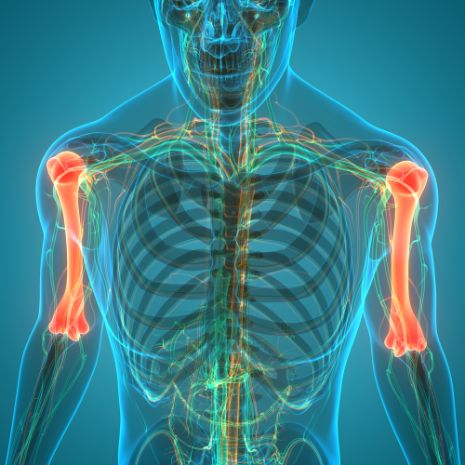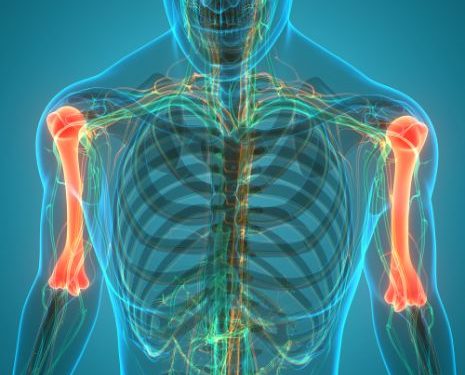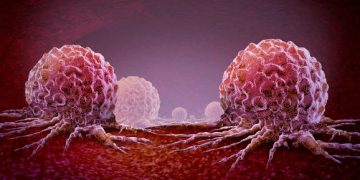Osteopetrosis symptoms include abnormal bone growth, thick, brittle bones that are more likely to fracture (break), and changes to the size and density of bone. These changes can affect the skull, which can cause pain or pressure on nerves that control vision, hearing, and facial movement. They also may change the way that teeth come in.
The body normally produces both cells that create bone tissue (osteoblasts) and cells that destroy old bone tissue (osteoclasts). These cells work together to keep bones strong and healthy. However, people with osteopetrosis have a gene that causes the body to make too few or abnormal osteoclasts.
This means that too much new bone is formed and not enough old bone is broken down and recycled. Symptoms are usually noticed when a person is very young.
Early symptoms of mild forms of osteopetrosis include stunted growth, an increased risk of fractures, and anaemia. This is because extra bone can crowd out the red blood cells that carry oxygen to the body’s tissues.
A serious form of the condition, known as X-linked osteopetrosis, can cause a variety of other problems. These include nasal congestion from narrowing sinus cavities and problems with vision and hearing, due to enlarged bones pressing on nerves that control these areas.
It can also increase the risk of infection, because it decreases the amount of immune cells in the bone marrow. It can also lead to low blood levels of calcium and vitamin D, as the body is unable to use these vitamins.

In some people, a severe form of the disease can lead to death from a lack of bone marrow production. This is called autosomal recessive malignant infantile osteopetrosis. This type of the condition is often treated with a hematopoietic stem cell transplant.
The most common type of the condition is autosomal dominant osteopetrosis, which happens when a person has one copy of the mutated gene from only one parent. They typically have a 50% chance of passing this gene on to their children.
They can have many of the same symptoms as adults with this form of osteopetrosis, including a curvature of the spine (scoliosis) and multiple bone fractures. They also have a higher risk of dental problems, like tooth abscesses and caries.
There are a number of other symptoms of osteopetrosis that may not be obvious, but can be very uncomfortable. For example, if a person has osteopetrosis in the lumbar area of their spine, it can be difficult to sleep.
If a person has osteopetrosis in their hips, they may have problems walking and balance. Likewise, if they have the disease in their wrists or fingers, it can be hard to grip and move objects.
Having osteopetrosis in your ribs can also be uncomfortable. It can cause pain when you cough or sneeze, and can also make it difficult to swallow.
It can also make it difficult to wear clothes or shoes that are too tight.









